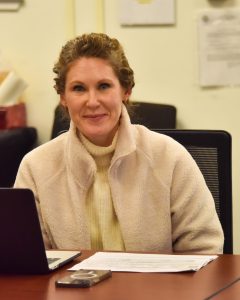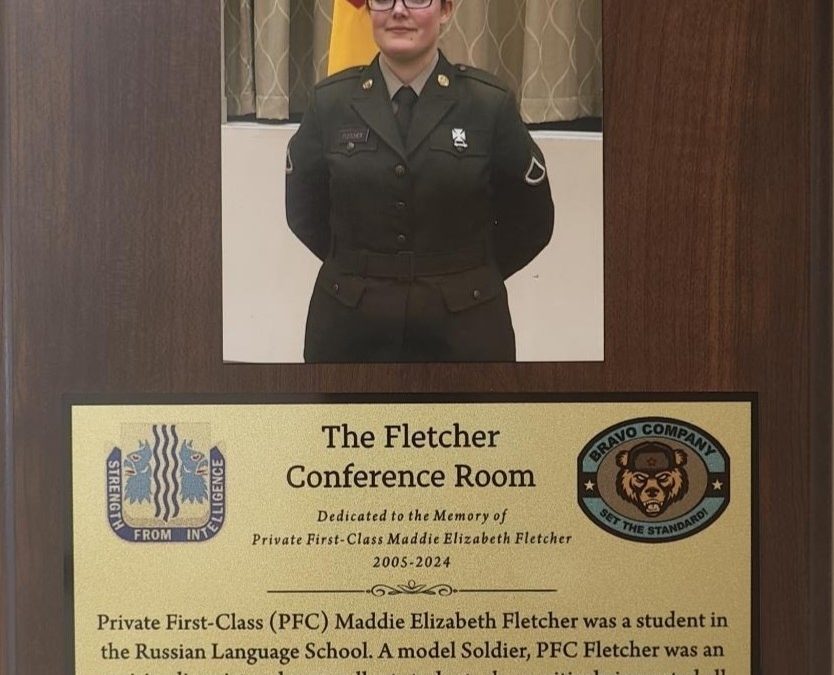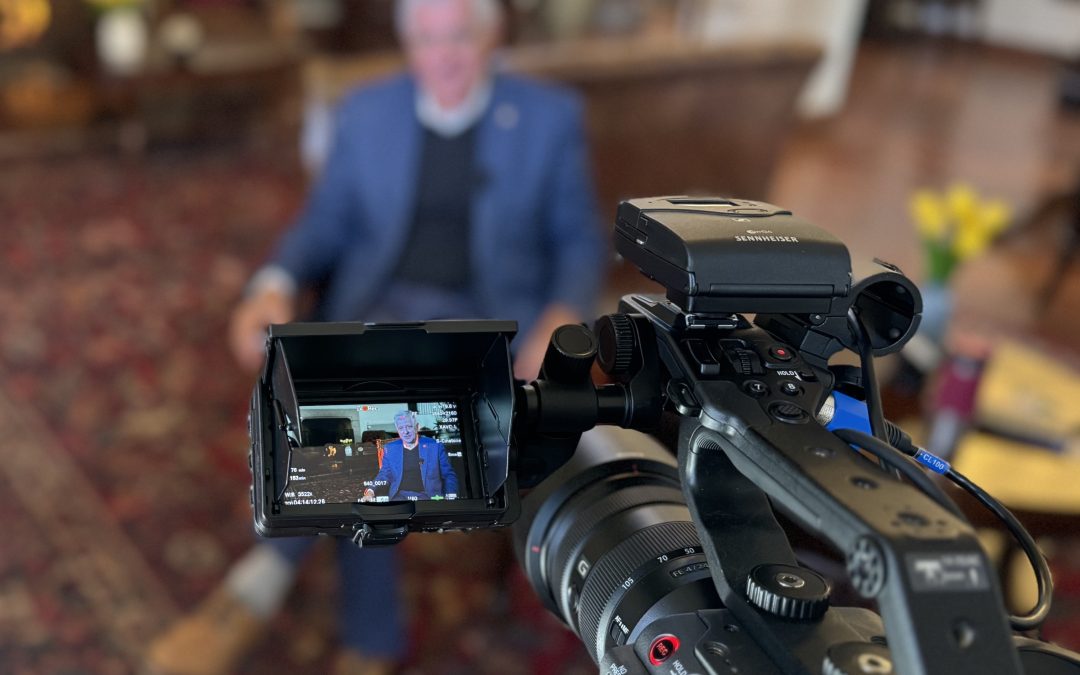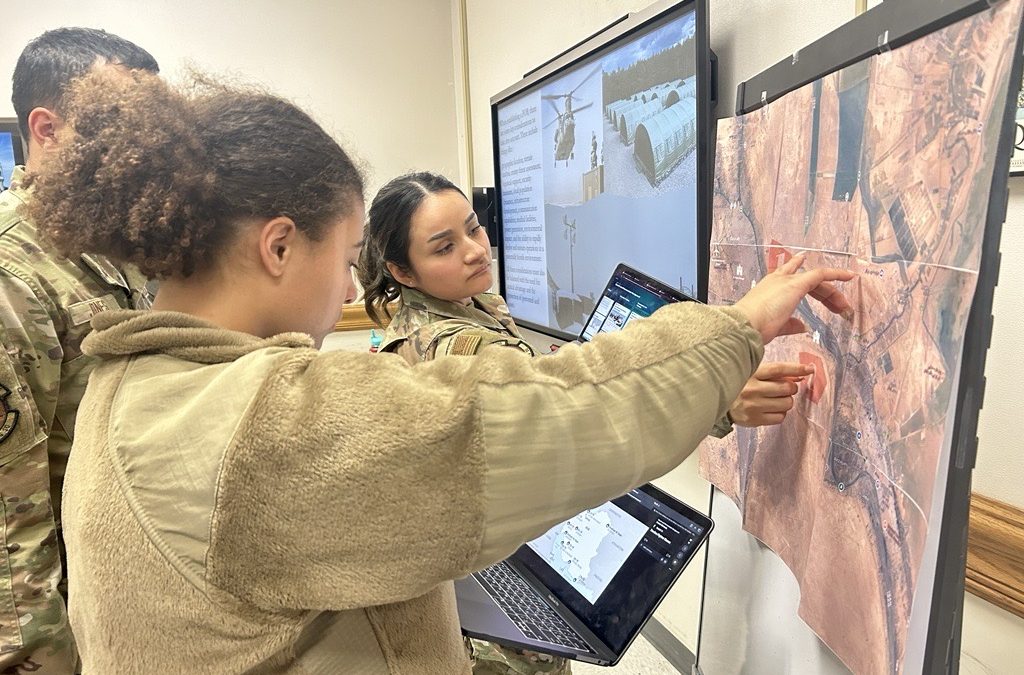One of the leading efforts within the Defense Language Institute Foreign Language Center’s five-year strategic plan is the standardization of curriculum and evaluation that will drive consistency in student outcomes across all language programs offered by the Institute.
“I think we have a great opportunity here … Now that we can grant a bachelor’s degree in foreign language… there are certain expectations that our accreditation members must see, and this is our chance to implement changes that are perhaps long overdue,” said Natalia Barley, director of the Curriculum Support Division.
Currently, the efforts of CSD are concentrated on the standardization of the Basic Course curricula. “We have two lines of effort. First, we are looking at improving the core instructional materials and the second line of effort is standardizing in-course assessments,” said Barley, who holds two master’s degrees in second language acquisition and teaching and an Ed.D. in Learning Design and Leadership.
“It was definitely a big step for us,” said Barley, referring to a renewed push for standardization of both curriculum and assessment processes. To accomplish this complex task, CDS partnered with external consultants in applied linguistics and language assessment from the Middlebury Institute of International Studies and Michigan State University, explained Barley. “We started working on this about two years ago by conducting a gap analysis study of existing core instructional materials.”
“The new standardized outcomes and objectives [for curriculum] were finalized in September of last year,” said Barley proudly. “They will guide all Basic Course syllabi design, curriculum and assessment development, and the analysis and evaluation processes.”
“Learning outcomes and objectives provide a clear picture of what learners should know or be able to do by the end of an instructional period, enabling curriculum developers to create instructional content and assessment methods that target those specific goals,” explained DLIFLC Provost Dr. Robert Savukinas in a separate interview.
The next step for Barley’s team was to develop an in-course test master plans for the Basic Course programs that define the test types, the frequency of tests administered, and the weight of each test toward an overall student GPA.
“The idea is to be able to look at a student’s GPA from any program, from Arabic to Chinese, and know that it is built out of the same components,” Barley explained.
To reach this end goal, and to be in step with the Command Guidance that states the desired outcome of what has become known as the 80/40/10 metric [80% of the students need to achieve 2/2/1+, 40% need to reach 2+/2+/1+, and 10% 3/3/1+ on the Interagency Language Roundtable scale], a number of steps needed to be completed.
The first step Barley’s team made was to conduct a needs analysis of current assessment practices in the Basic Course programs, which in turn informed the next step; the development of a tailored master test plan for each language category. During the process, the team worked closely with schoolhouse stakeholders to ensure feedback was captured as well as buy-in from each program.
“Thus far, we have finalized a test master plan for the 64-week and the 36-week programs, and right now we are in conversation with the Basic Course schools to finalize the test master plan for the 48-week programs. This way, every program in each language category (categories I, II, III, and IV) would follow the same test master plan,” said Barley.
In tackling these rather complex issues, Barley’s team had an opportunity to reach out to the U.S. Army Intelligence Center of Excellence, at Ft. Huachuca, Arizona, which provides professional training to military intelligence personnel and is one of the locations where some DLIFLC students complete their follow-on training.
“USAICoE was extremely supportive and willing to share information with us,” said Barley.
“We talked about the challenges they faced during that process which are similar to ours. It felt comforting to know that we are not alone in this,” she said.






